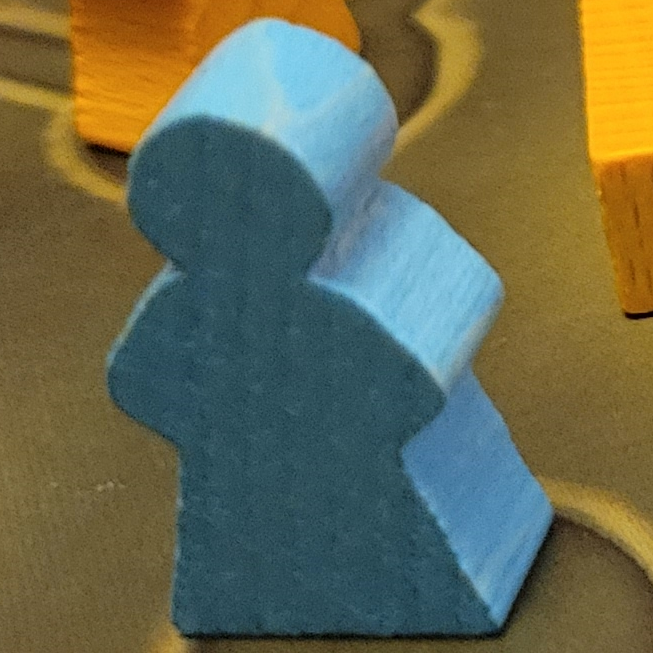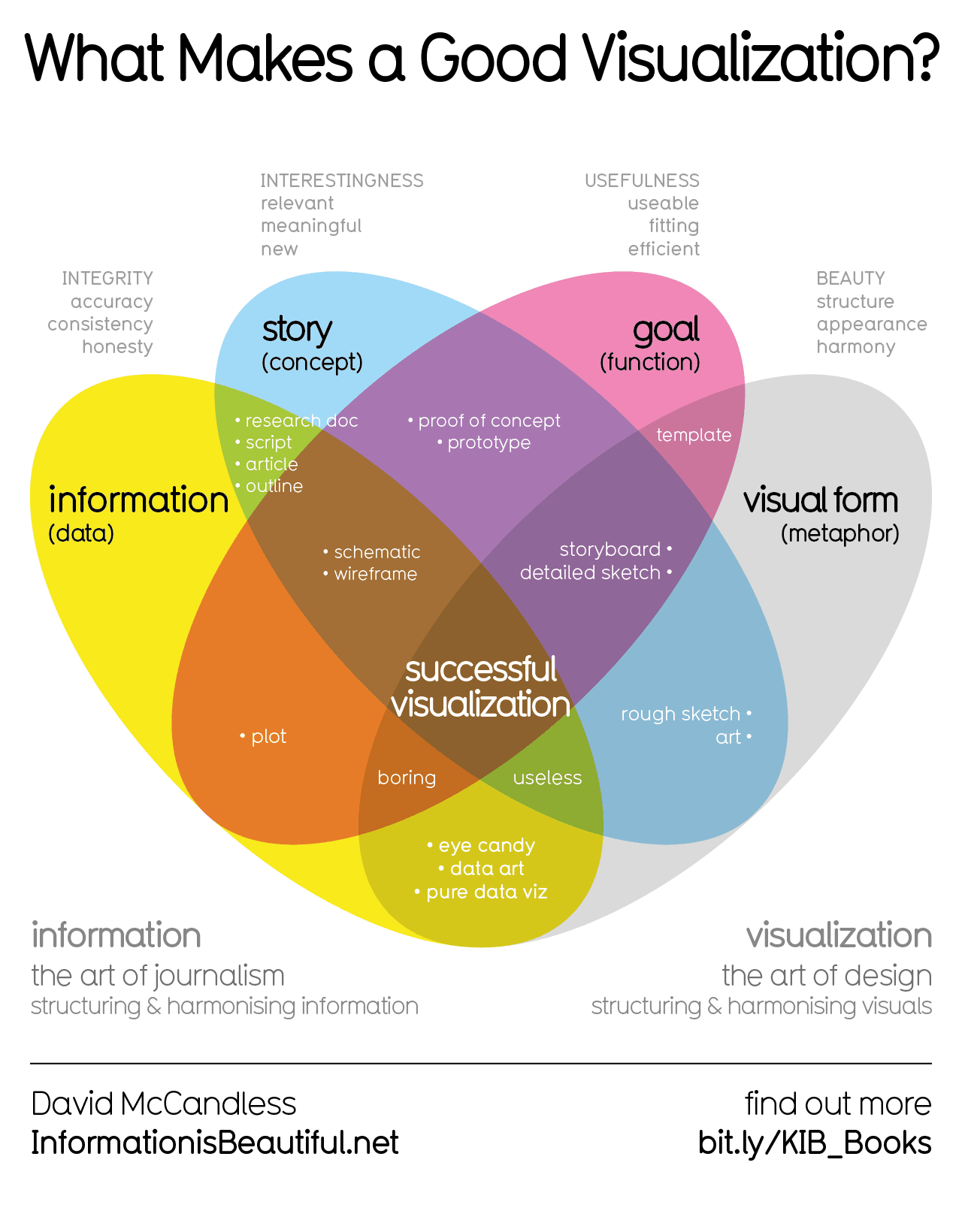

No note other than to say this is a fantastic rebuttal.


No note other than to say this is a fantastic rebuttal.


Yeah, seriously everyone should stop buying dishwasher pods. Just buy powdered dishwasher soap. A huge box is super cheap and nearly everyone’s dishwasher was actually designed for the powdered stuff. These pods are a blight.


No, I don’t think they’d have to make an alias for every Pokemon. The person you’re responding to is correct.
Assuming that the original poster wants to continue to specify which Pokemon they want to see, they’ll at least have to type that in, right?
If we’re comfortable with that as a requirement, then an alias setting “k” to equal “krabby name” will work when you enter any Pokemon name after “k”.


That’s a great synopsis of the study. Did you write that yourself or use some tool to derive the summary?
Either way, I’m sure folks here appreciate the effort. Thanks.


It’s crazy to me that the games in this collection are so good!
I rarely see people talking about Mini and Max. I think most people aren’t sticking with it very long. The game is much, much bigger than it looks. There is a ton of adventure to have there. There’s an old man in a pot to the west that is especially important to meet.


You’re both totally right here. The article you linked was well written and had a bunch of good ideas about what players in the handheld market could do to make their products competitive and consumer friendly. I don’t think many of the people commenting here actually read the article, which is too bad.
And yeah, I think Nintendo has and will continue to make hardware that is compelling to gamers of all kinds. There’s plenty of room in the market for PC and Nintendo devices.


Daybreak is lovely! Great suggestion.


That sounds like a fun project! And it seems to have turned out great. Well done.


Totally agree. I prefer my Fairphone to nearly any other phone I’ve owned.


Made my morning so much better


This is an excellent piece of writing! Thanks for sharing it.
Absolutely agree with this. The product could have had fewer games and each game could have been much more shallow and it still would have been “good”. But there’s honestly a ton of bangers in this collection and the variety and creativity is astounding.


That was great! Thanks


Their video about how curved spacetime causes the effects of gravity is also very well done.
That’s awesome! I really dig the colour contrast and the slightly puffy sleeves.
Mini and Max is so strangely awesome! It didn’t have to have nearly as much content as it does. It’s huge!


My understanding is that the steam version released with no ASCII tileset, but there is one now after an update. I bought the steam version but haven’t played it much at all, so I haven’t confirmed this myself.


The video above has the ASCII style graphics I was talking about. This video shows a dragon attack using a different tileset. (This video begins with some loud music).
https://youtu.be/9ejgsGgH__M?si=RFsdfaKLiCgjhr7p
You can see in this one how the flames billow and spread.
So you’ll have to imagine what the combination is like. You’re already in a headspace where your brain is filling in details not supplied by the ASCII and then the world just explode into flames.
These other tilesets have their advantages. But I’ll never give up the text-based rendering of the world - I’ve had too many great experiences to give that up.


So like, yes, I totally agree.
I want to take a second to tell a story though, about the graphics in this game. I hope to explain why this game actually has the best graphics ever.
Context for some folks: the game is entirely rendered using ASCII characters (for the purpose of this story. I know, I’m leaving out detail, it’s okay). So the goblins in Dwarf Fortress look roughly like this
g
A dog looks like this
d
And a dragon looks like this
D
Learning to play Dwarf Fortress can be tough at first because there’s a soup of letters and other typing characters on the screen and your brain needs to convert that into a scene that makes sense. But here’s the thing … eventually that’s exactly what your brain does! You stop seeing the semicolons and hyphens, the letters and the strange formatting characters like “╥”. You start to see rivers and grass, tiny people working hard, a bustling metropolis, an invading horde.
And the creator of this game hasn’t simply cut corners on making the game look good by using ASCII tilesets. The grass (made of commas or single quotes) sways in the breeze. Running water shimmers. Cherry trees gently rain cherry blossom petals during certain seasons. There’s actually a ton of little details there for your brain to pick up and immediately upscale into high def for you. It’s delightful. And sometimes terrifying.
Sometimes something new will happen. A creature you’ve never seen before will approach your little community. It will be represented by some letter and your brain will render that for you in the way it has been taught to do. Your eyes see a d and you see a dog. Your eyes see a D and you see a dragon. It’s bigger than a dog. Most things are, no big deal. But you’ve been deceived.
You watch as a band of dwarfs approach the dragon. The creature is quite still, right next to the round trunk of a tree that looks like this O. The brave warriors are still far from the creature. You’ve built whole dinning halls, with wooden chairs and stone mugs and carvings decorating the walls, that could fit within the space separating the warriors from the capital D dragon. One canny dwarf let’s loose an arrow at the beast. It zips through the air like this -
As it approaches the Dragon, which is surely just to Iike a dog but a bit larger and green right, time begins the slow. It ticks. And ticks. And hell is unleashed. Flames jet from the Dragon. Unending flames pouring like red ink in billows that quickly fill the vast space and enrobe the dwarven warriors in a superheated death that pushes in and flows past and even through the band until flickering flames fill virtually all space to one side of a capital D that you will never, ever, mistake the size of again.
My scalp tingled and it felt like my skull was over heating when my brain spontaneously supplied all the extra graphical details for that particular scene. I’ll never forget it.
This was an excellent read. The professor clearly thought a lot about what they wanted their students to get out of investigating the limits of AI use. It seems like it was a well crafted experiment as well as being a well crafted learning experience. Thanks for sharing the link.